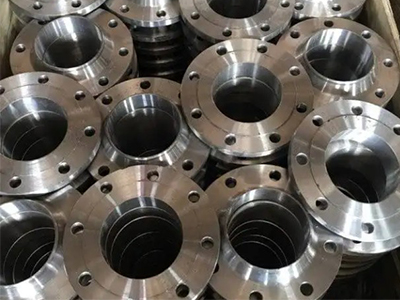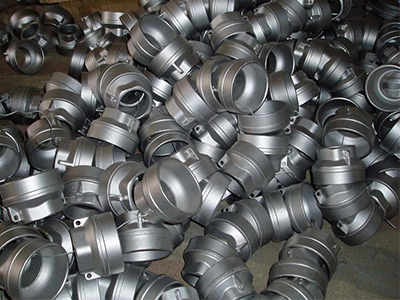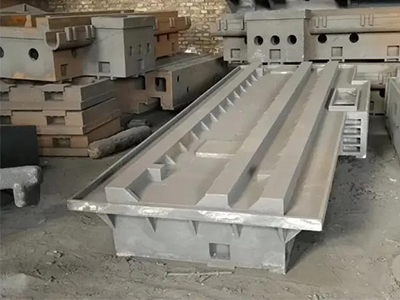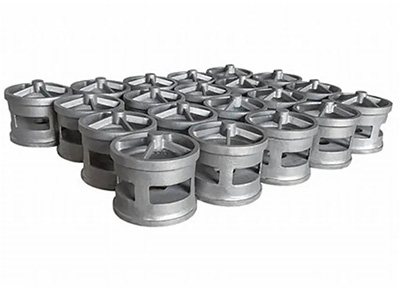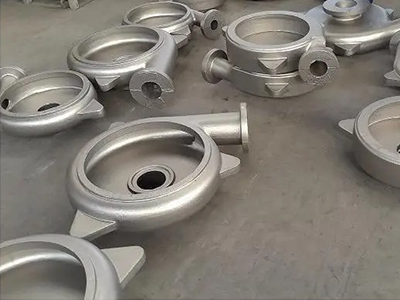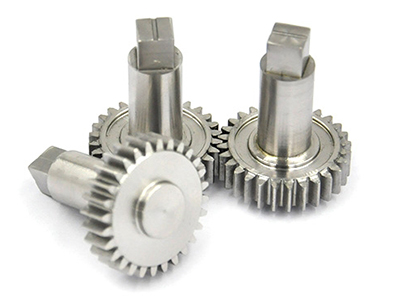- Use sodium silicate sand casting for production
- Why is it said that deoxidation is the key to improve the quality of molten steel?
- About machine tool casting understanding
- The role of Heat Resistance in Steel Castings
- What is the heat treatment process of precision casting?
- Steel die casting process
- Learning About a Steel Casting Foundry Where Metals are Cast From
- The difference between Ductile Iron Castings and Gray Iron Castings
- Causes of the formation of two stress of machine tool casting
- Casting method of Special Agricultural Machinery Castings
- Call : +86 13390692151
- sale@kfqizhongji.com
-
Room 1, No. 21, Chaoying East Road, Zhoushi,
Kunshan City, Jiangsu Province, China
Casting method of Special Agricultural Machinery Castings
Special casting is a casting technology, which is relative to the traditional sand casting. There are significant differences between special casting and ordinary sand casting in molding materials, molding methods, filling forms of liquid metal and solidification conditions of the mold.
The common special casting methods are investment casting, metal mold casting, die casting, pressure and differential pressure casting, extrusion casting, centrifugal casting, continuous casting, ceramic mold casting, lost foam casting and so on.
Among the many special casting methods, investment casting and metal mold casting have a long history of modern industry. Special casting appeared at the end of the 19th century and the first half of the 20th century. Practical forging 3 and improvement was the rapid development of special casting technology in the second half of the 20th century after the 1980s. With the world economy gradually stepping into an integrated system and the rapid development of economy, modern industry can not keep pace with traditional industrial technology. As a pillar of industry, the foundry industry should also be involved in the huge wave of new generation of technology. And in the wave by wave, constantly improve the production process, constantly push through the old and bring forth the new, and constantly optimize production conditions and production mode. In order to accurately find the position of forging 1 under the background of economic integration, and the long-term development is limited, this paper focuses on the two casting methods of investment casting and metal mold casting.
1. Investment casting
Investment casting, also known as lost wax casting, is a special casting technology developed on the basis of ancient lost wax casting. The specific operation method is to make the casting model with fusible material, then wrap the model with molding material, and then heat, melt and discharge the model after condensation hardening, so as to obtain the casting without parting surface. the technological process of obtaining castings after casting can be summarized as follows: wax mold manufacturing, crusting, dewaxing, roasting and pouring. As the main composition of fusible materials is paraffin wax, the great advantage of investment casting, also known as lost wax investment casting, is that castings have high quality, dimensional accuracy and good surface finish. Manufacturing molded castings basically do not need to be re-cut and processed, and can be directly used in mechanical parts, reducing other non-working procedures and greatly saving production materials.
2. Metal mold casting
Metal mold casting is a process in which liquid metal is poured into the metal mold to obtain castings. firstly, the characteristics of the metal mold are that the vertical parting method is widely used in the mold, and secondly, the core is usually made into a combined form. in order to extract the metal mold from the mold, the metal mold casting has the following advantages: first, because the mold is made of metal, it is not easy to deform and can be reused, so the mold can be cast many times. As a result, the labor productivity of the castings is improved. secondly, the cooling rate of the metal mold is very fast, and the instant noodles of the castings are well crystallized, which can greatly improve the mechanical properties. Again, the casting modeling does not need sand, and after the working conditions of the workers, the casting size has higher precision, high surface finish, but the metal mold casting method also has several shortcomings, such as the metal mold manufacturing process is more complex and the cost is high. Resulting in insufficient cycle of the production process. Moreover, the casting process requirements are relatively strict, metal mold casting is prone to insufficient pouring, cold insulation, cracks, pores and other defects, castings are easy to produce self-holes.
